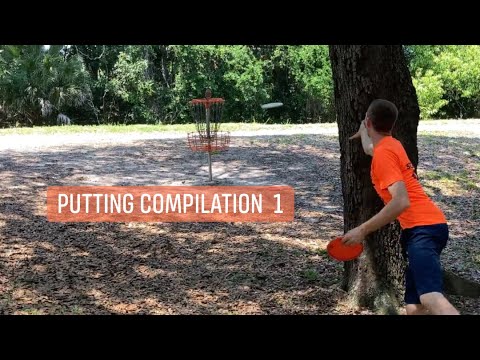Beginner Golf Series – Part 2 – Putting and Golf Instruction – Golf Test Dummy
#golftips #howtogolf #beginnergolf
For this episode, I wanted to share some of my thoughts on conventional golf teaching, as well as the flaws in the traditional golf journey model. Also, toward the end of the video, I explain the 3 foot circle putting drill. If you’re going to start playing golf, this is a great place to start. After all, getting to the green in as few strokes as possible is terrific, but you have to finish the hole.
So many of us fall victim to “golf traps” without even knowing it. Now I’m not saying that I believe in some grand conspiracy by the PGA to hobble all of us and create a dependency on instruction and the latest equipment. Do the equipment manufacturers want us to keep buying new toys? Sure. Do teachers want us to keep seeking their guidance? You bet. But to make the leap that they are truly evil enough to create an epidemic designed at keeping us all in the low performance basement of golf for all eternity might be a bit much.
Instead, I think the majority of instruction failures can be chalked up to plain ignorance. As I have said in previous videos, I don’t think most golf instructors are stupid. Just the opposite. I think they know far too much. They are so extremely educated on what happens in a golf swing, that there isn’t anything they don’t know at this point. With Trackman and the state of analysis, there is even more information available.
Here is where the chasm lies; The majority of instructors have no idea what they should include and what to omit when it comes to passing that information on to you. You don’t need to know optimal spin rates, ulnar deviation, hip to shoulder speed ratios, maximizing X factor, lag tension, negative load, shaft deflection, etc. They as instructors need to understand those things, but shouldn’t cloud your head with all of it.
Keep things very simple for yourself. Read your ball flight. The end result, ball flight, should tell you if you have made a good swing in general. That isn’t a steadfast rule in my opinion because a blind squirrel finds a nut now and then. Meaning, a swing that was “flawed” can still produce a decent result from time to time. This happens sometimes because your reflexes correct an improper movement, one flaw corrected another flaw, or various other reasons. But ultimately, you want consistent, fairly straight, predictable shots.
In coming videos, I will give you a few instructors and channels that I feel are really speaking the language we all need to hear. I’m not a swing coach and have my own goals to hit, so I won’t teach you how to swing. My goal here is to help as many people as I can and prevent you from wasting time. The average golfer’s handicap hasn’t dropped very much in decades, and with all this new technology, that shouldn’t be the case.






